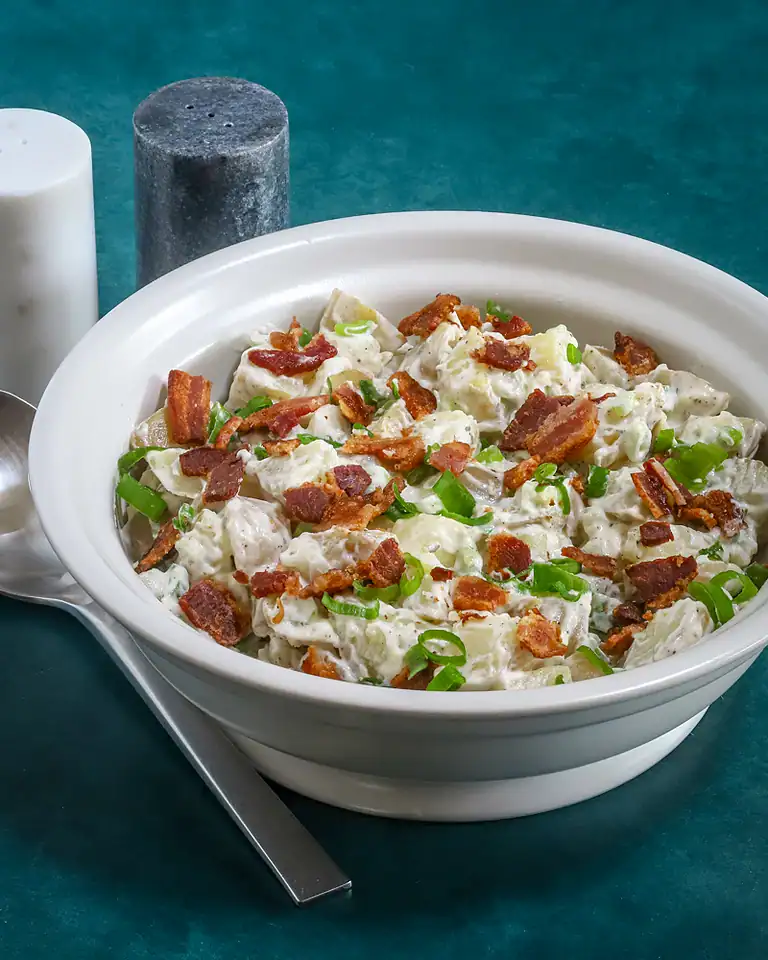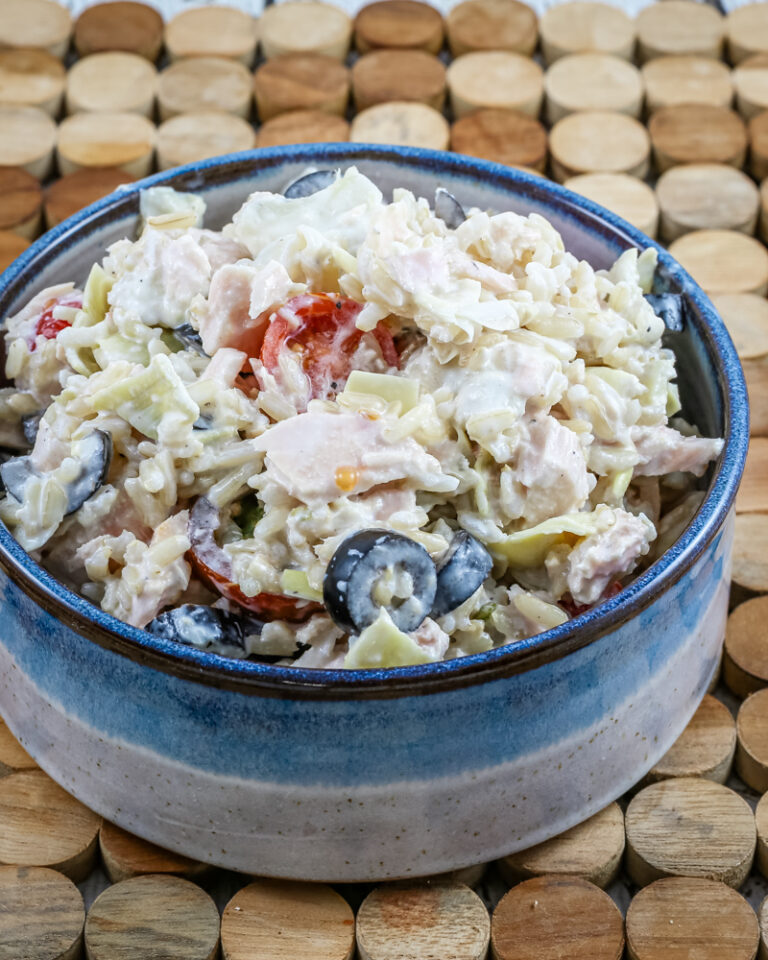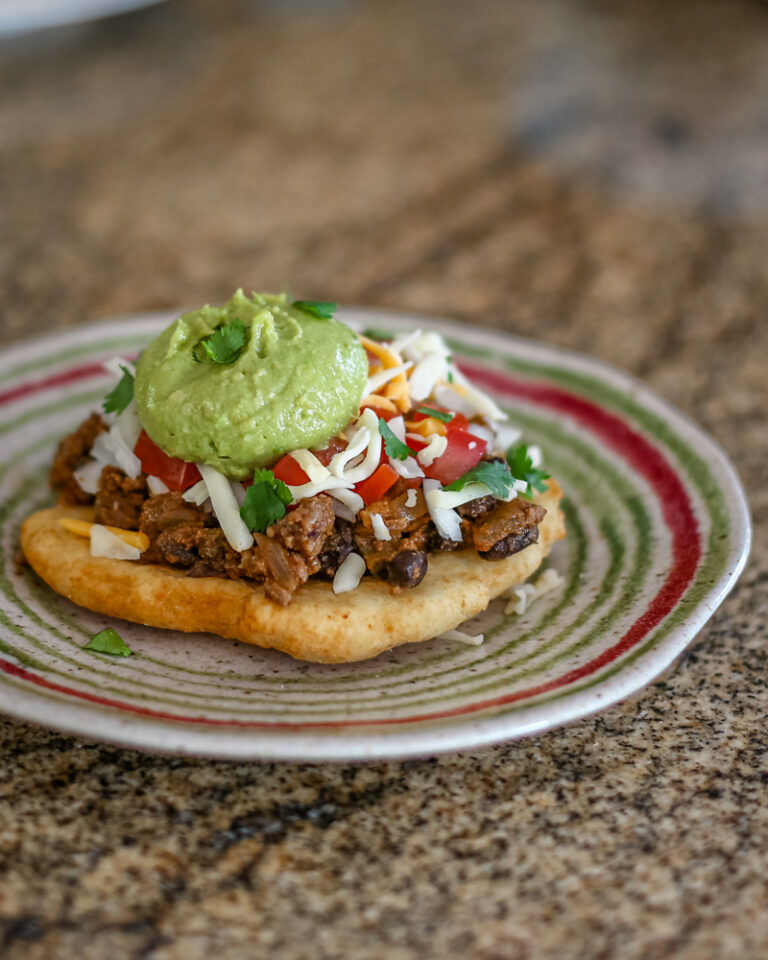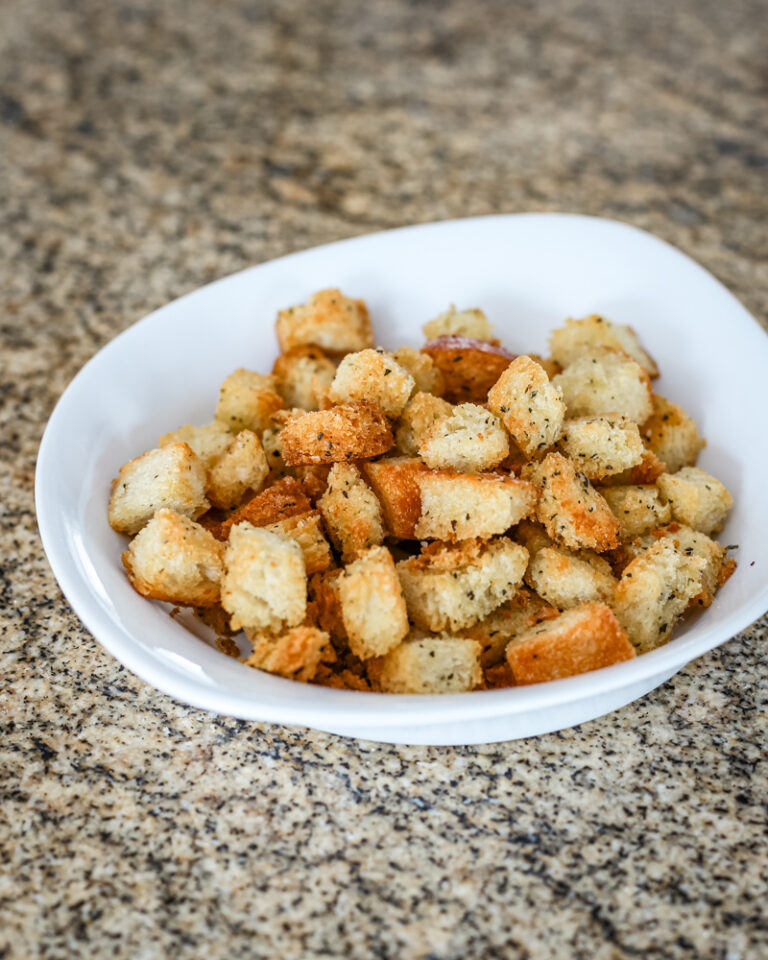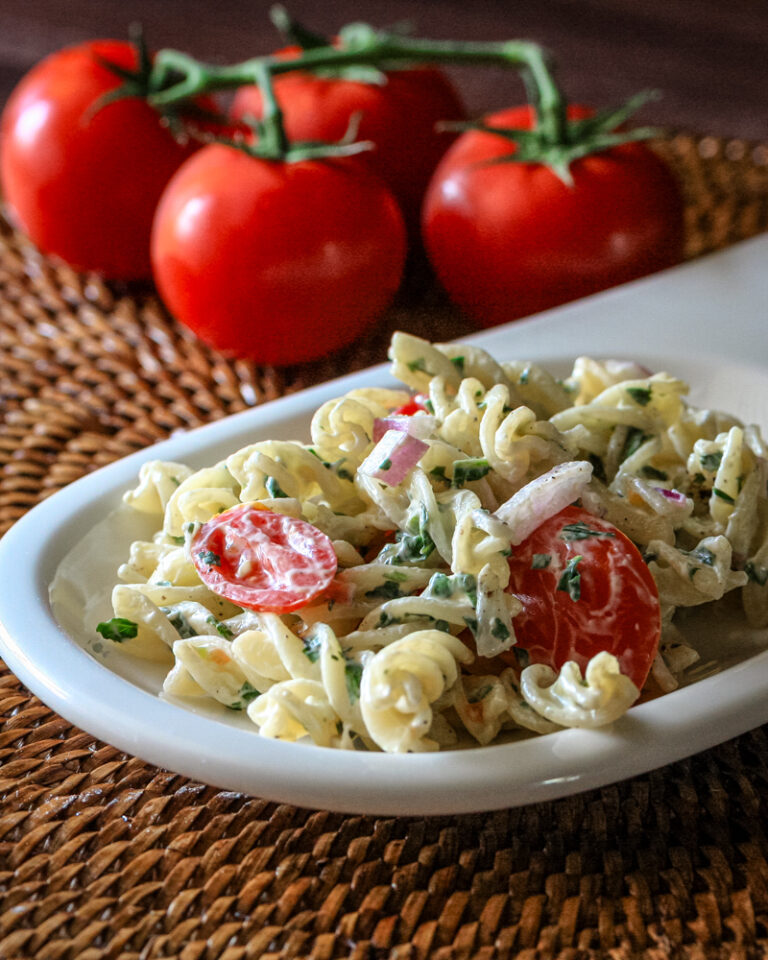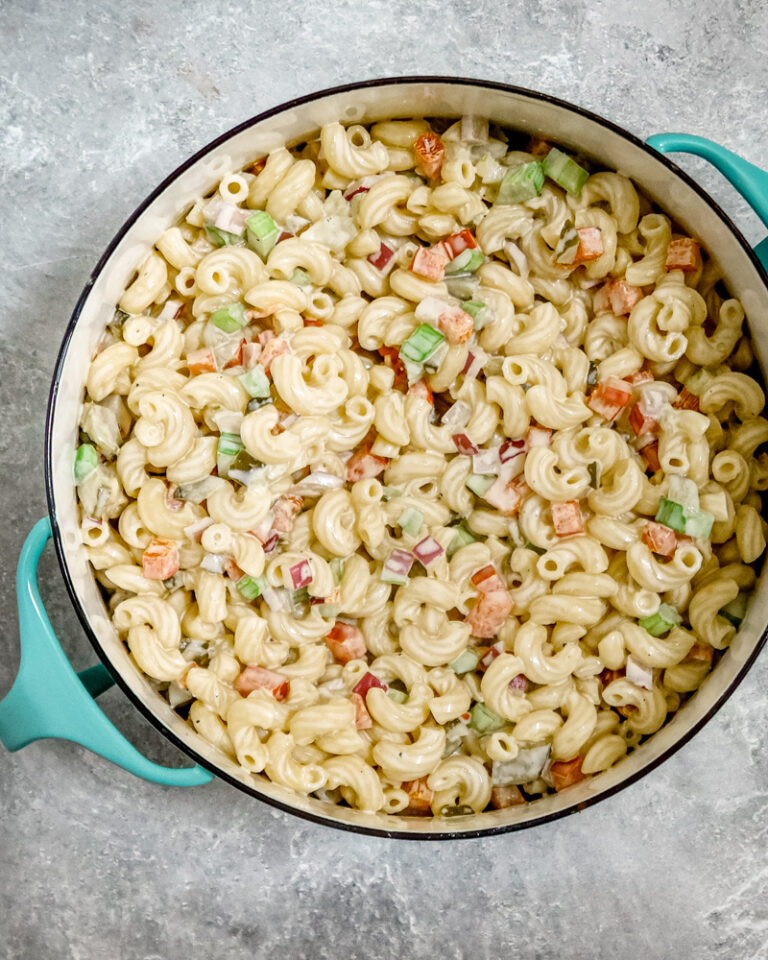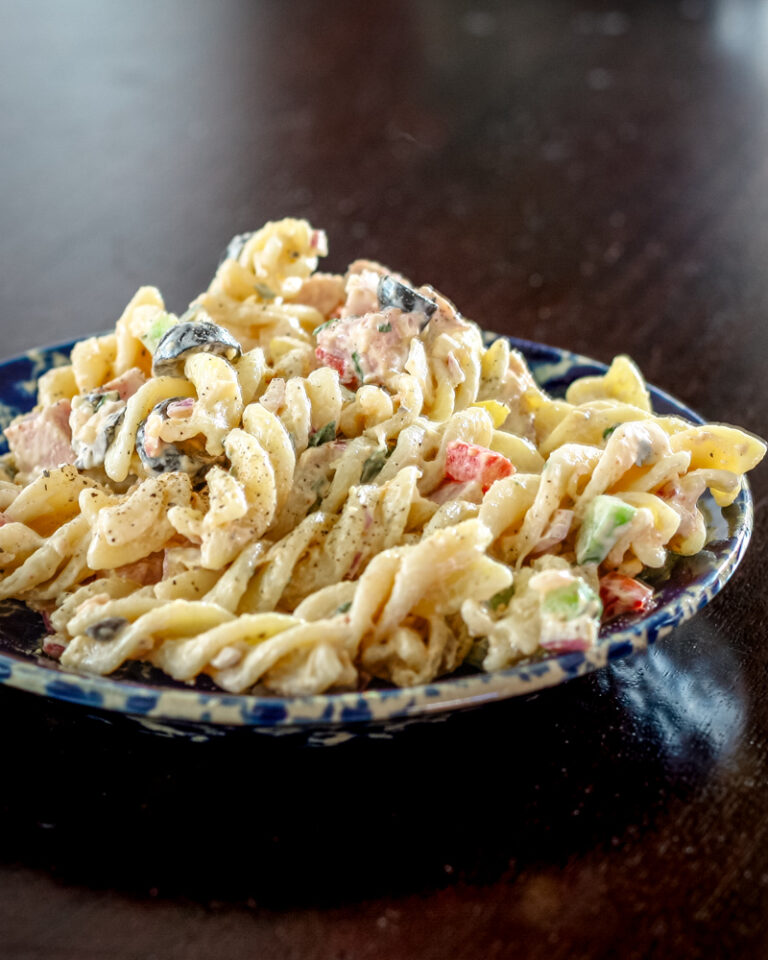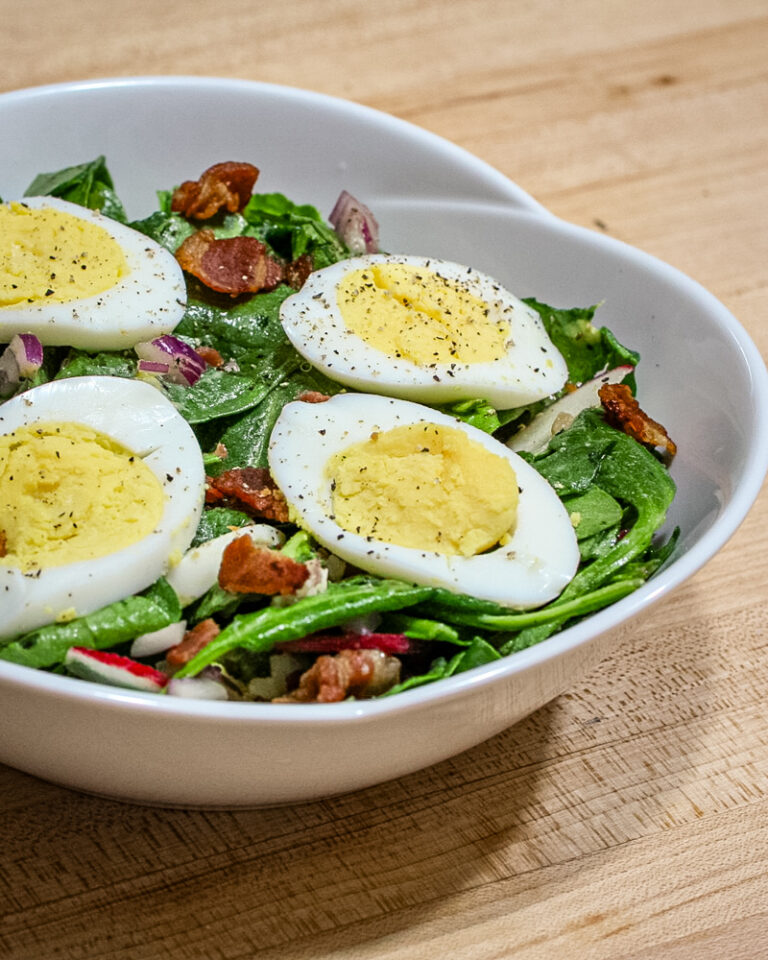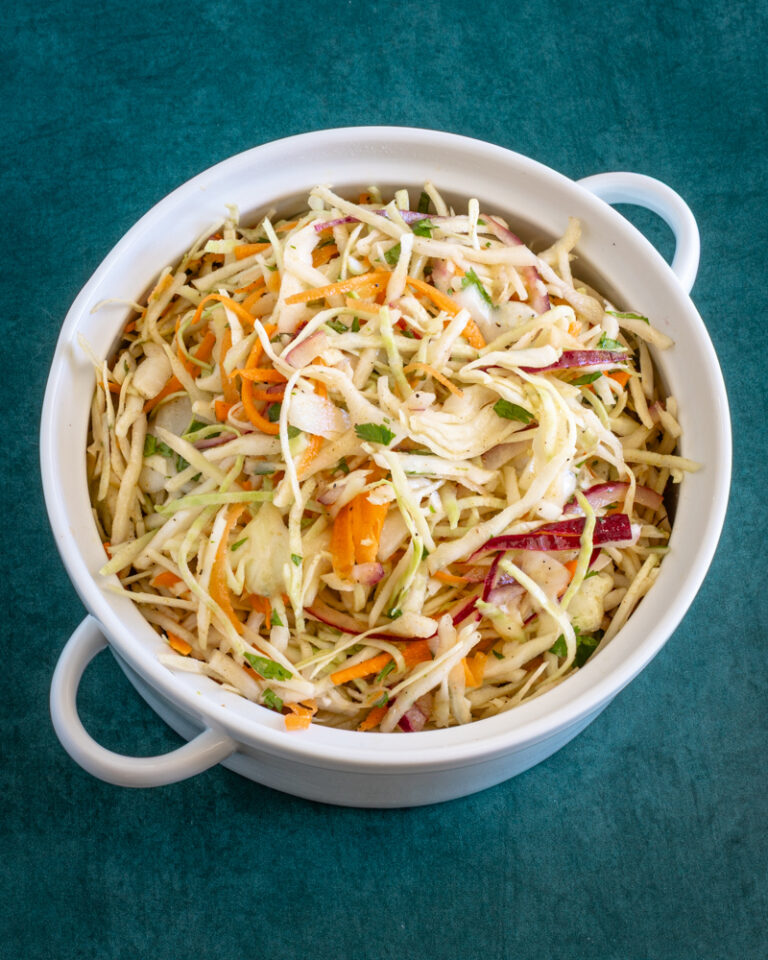North Carolina Coleslaw
Enhance your sandwiches with this tangy North Carolina coleslaw! A vinegar-based twist on a classic—perfect for cookouts and tailgating!

This sweet and sour vinegar-based coleslaw is a delicious topper for pulled pork, beef, and chicken sandwiches. It’s a nice break from a mayonnaise-laden slaw. The slaw also goes well with roast pork, seafood, and ham.
Serve this slaw at your next cookout or take it along to a party or tailgating event. It’s bound to be a winner!
What You’ll Like About This Dish
Vinegar-based alternative. No mayo means it’s ideal for outdoor events and hot weather.
Bright and bold flavor. Sweet, tangy, and slightly peppery with just the right amount of crunch.
Perfect for BBQ. A must-have with pulled pork, smoked meats, and grilled sandwiches.
Make-ahead friendly. Improves with time—prepare it a day in advance for even better results.
Ingredient Notes
- Cabbage: Use finely shredded green cabbage or a mix of green and red for added color.
- Onion: White or yellow onion adds sharpness; chop it finely so it blends well.
- Green bell pepper: A bit of crunch and freshness—red or yellow peppers can be used too.
- Carrot: Just a small amount, grated, for sweetness and color.
- Vinegar: White vinegar gives it that classic Carolina tang. Apple cider vinegar works too.
- Sugar: Balances the acidity of the vinegar for a sweet-and-sour dressing.
- Salad oil: Neutral oil like canola or vegetable lets the flavors shine.
- Celery and mustard seeds: Classic slaw seasoning with great texture and flavor.
- Salt and pepper: Adjust to taste.
Steps to Make North Carolina Coleslaw
- In a large bowl, combine the cabbage, onion, green pepper, and grated carrot.
- In a small saucepan, combine the vinegar, sugar, oil, celery seeds, mustard seeds, and pepper. Bring to a boil.
- Pour the hot dressing over the cabbage mixture and toss well to coat everything evenly.
- Taste and add salt to suit your preference.
- Cover and refrigerate for at least 2 hours—or overnight—for best flavor.
Tips for the Best Slaw
- Slice the cabbage thinly with a sharp knife or mandoline for the best texture.
- For less bite, soak the chopped onion in cold water for 10 minutes before adding.
- Give it time! This slaw is best after sitting in the fridge for a few hours.
Recipe Variations
- Add heat. Stir in hot sauce, red pepper flakes, or a dab of Sriracha for spice.
- Color it up. Use both red and green cabbage for a colorful mix.
- More tang. Whisk in 1½ teaspoons of Dijon mustard with the dressing.
- Sugar swap. Try honey or maple syrup instead of granulated sugar for a subtle twist.
Serving Suggestions
- Top pulled pork, chicken, or beef sandwiches with a generous scoop.
- Serve as a zippy side for barbecue, ribs, or fried chicken.
- Add to fish tacos or grilled veggie wraps for crunch and contrast.
- Tuck it into sliders or use it on brisket for a Southern twist.
How to Store and Reheat
Refrigerate: Store in a tightly covered container and enjoy within 4 days for best texture and flavor.
Freeze? Not recommended—this slaw is best enjoyed fresh or chilled.
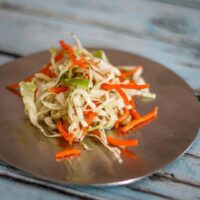
North Carolina Coleslaw
Ingredients
- 1 pound cabbage, finely shredded
- 1 medium onion, finely chopped
- 1 medium green pepper, finely chopped
- 1 small carrot, grated
- 1/2 cup vinegar
- 1/2 cup sugar
- 1/3 cup vegetable oil
- 1/2 teaspoon celery seeds
- 1/2 teaspoon mustard seeds
- 1/4 teaspoon ground black pepper
- 1/4 teaspoon salt, or to taste
Instructions
- Combine the cabbage, onion, bell pepper, and carrot in a large bowl.
- Combine the vinegar, sugar, oil, celery seeds, mustard seeds, and pepper in a small saucepan; heat to boiling.
- Pour the hot dressing over the slaw mixture and toss to coat.
- Taste and add salt as needed.
- Cover and refrigerate for 2 hours or overnight for the best flavor.
Nutrition
Disclaimer:
Our nutritional information is based on a third-party application that analyzes the ingredients list to determine the values. The information is meant to be helpful, but should be considered an estimate. Values may differ depending on measurements, brands, serving variations, and database availability.


